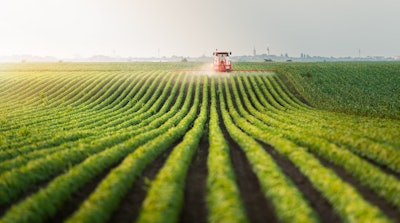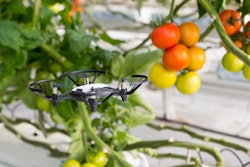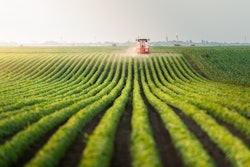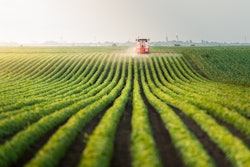
It can easily be said that the three greatest influences on the food and agriculture industry in modern history are technology, climate change and the Coronavirus disease (COVID-19) pandemic. Over the last two years, farms and food manufacturers have had to contend with record-breaking weather-related catastrophes, chronic labor shortages, changing consumer expectations and the growth of cyberattacks due to a greater reliance on technology and automation.
At the same time that these industry risks are intensifying, underwriting guidelines have tightened and insurers have grown more reluctant to negotiate more favorable renewal terms.
As the world still battles and recovers from the pandemic, 2022 is projected to bring more of the same challenges for the industry. However, many businesses are ready to move out of survival mode.
Technology and a fresh approach to risk management can help agribusinesses overcome this immense level of endemic risks in the industry. Here are four predictions for the upcoming year and resources expected to play a key role in the industry’s recovery.
1. Technology will help manage risk with more extreme weather events
Weather conditions worldwide, including fires and drought slamming crops in the northern U.S. and southern Canada, frost damaging Brazil’s arabica coffee crop and floods in China affecting livestock and meat processing, slammed farms and food manufacturers in 2021.
Catastrophe (CAT) modeling is a growing resource across industries used to assess a property’s overall vulnerability to extreme weather, if not the exact time or date. With this understanding, farms and food processors can secure adequate supplies to weather the storm and insurance coverage to cover crops lost in unavoidable events.
Working with brokers to develop CAT modeling capabilities can help secure insurance by helping show underwriters just how vulnerable a farm is to extreme weather. It may be important for farms to look into private markets for coverage or consider parametric coverage for crops that are otherwise uninsurable.
2. Food safety and recalls on allergens will pack a punch
Mid-2021 marked the 16th straight quarter that undeclared allergens in processed foods was the top reason for recalls in the U.S. food industry. In 2020 alone, undeclared allergens accounted for nearly half (47%) of 363 FDA and USDA food recalls.
Food manufacturers are now voluntarily recalling more products as a precaution to guard against safety concerns and reputational damage. This trend is expected to continue, as well as the implementation of greater risk management practices throughout the industry. These include proper labeling and machinery cleaning, especially when the same manufacturing equipment is exposed to foods with and without allergens.
Product recall insurance and product liability coverage will also be vital in protecting manufacturers from multimillion dollar costs related to these activities.
3. Technology and automation will be a dual-edged sword
Like every other industry, the food and agriculture industries are adopting automation to streamline processes. From harvest automation to autonomous tractors and drones used to monitor conditions remotely, agri-automation technology allows farms to provide food to consumers faster and fresher. From a manufacturing perspective, it means less human error, enhanced cleaning, more consistent product quality, improved production capacity and control.
But, this increased reliance on technology also makes agribusinesses vulnerable to cybercrimes such as ransomware attacks and increases the need for cybersecurity, including securing proper insurance coverage in the event of an attack.
Cybercriminals are targeting the food and agriculture industries more often, enough so that in September 2021, the FBI released a Private Industry Notification to alert at-risk parties. With increased risk, cyber insurance for the industry is expected to increase 20% or more in 2022. With that in mind, agribusinesses need to focus on prevention and deterrence, by instituting cybersecurity practices such as third-party audits, multi-factor authentication and comprehensive employee training.
4. Conservation measures will continue to affect operations at all levels
Drought has always been a concern in the agriculture industry. But, the focus on water conservation will likely only grow in the coming years based on recent scarcity related to ongoing weather extremes. The recent record-setting drought in the 11 western U.S. states resulted in 89% of the American West being in drought in mid-July 2021. The drought has had major implications for farmers and ranchers in the region, with crops going unplanted or unharvested. With this continued prioritization of water conservation, farms will need to continue looking for ways to minimize the use of water and fossil fuels.
Prepare your business for 2022 today. Understanding your risks and corresponding insurance implications will be key to surviving.


















